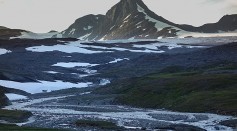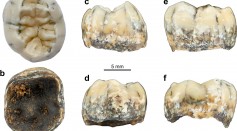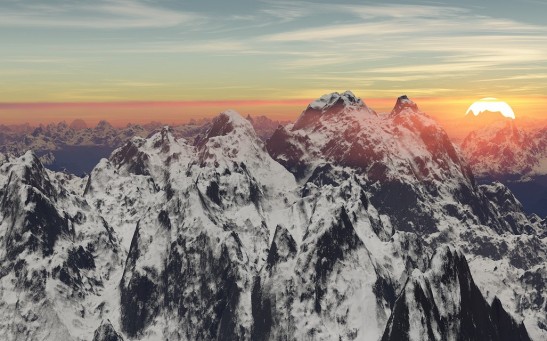Tibet

Over 1,000 Bacteria, Viruses Trapped in Melting Tibetan Glaciers That Could Threaten Surrounding Population Discovered

First-Ever Clue of Denisovan Species in Southeast Asia Unearthed in Laos Showing Ancient Humans Lived in the Region 130,000 Years Ago
Newly Studied Fossil Shines Light On a Rare Human Species
How a Crop Found in Beer Helped Early Man Survive in Frigid Tibetan Plateau
How Early Man Survived at the ‘Roof of the World’—And Found the Secret to Beer Too
Most Popular

How Technology Is Changing the Real Estate Industry?

How a Plant-Based Diet Can Protect Against Breast Cancer: Insights from Nutrition Research

Study Reveals High Turnover in Scientific Research Careers: What This Means for Future Scientists

Why It's So Difficult to Lose Weight: The Biological Explanation Behind Obesity






